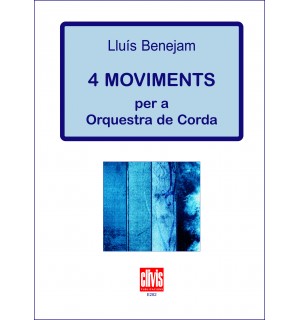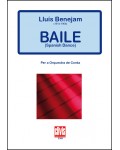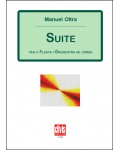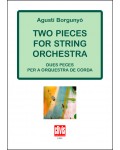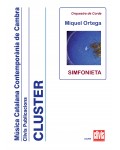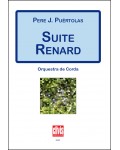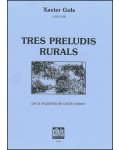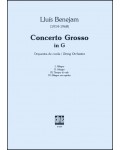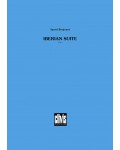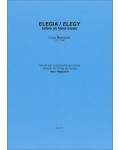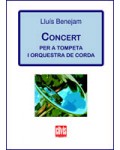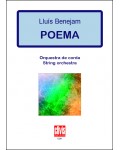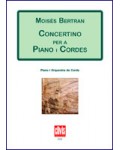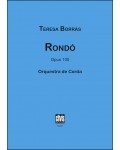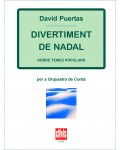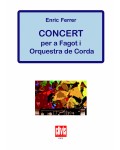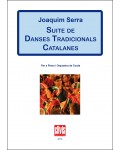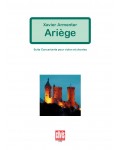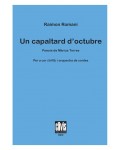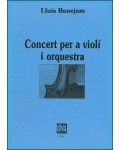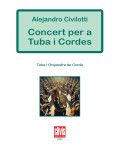
No products
Prices are tax included
Product successfully added to your shopping cart
There are 0 items in your cart. There is 1 item in your cart.
- English
- Castellano
- Català
4 moviments per a orquestra de corda
E282
New product
The treatment that Benejam makes of each member of this family is completely idiomatic, harnesses their respective resources without forcing them and achieves a balance indicative of a deep understanding. These characteristics are present in the Four movements for string quartet, a piece full of both grace and intensity.
| Period | 20th Century |
| Instruments | String orchestra |
| Pages | 44 |
| Time | 18 min. |
| Contents | Score |
| ISMN | 979-0-3502-0533-0 |
| Remarks | The parts of orchestra are available on hire. Contact the publishing company (info@clivis.cat). |
| Edition | Printed |
The five works that Lluís Benejam composed for string orchestra are as follows: his Suite, Poem, Concerto Grosso, Dance and these Four movements. Although Benejam did not begin to write music with any regularity until the age of 36, his experience as violinist had already got him noticed. Not only had he played in several orchestras and was a violin teacher, but he had also worked intensively with chamber formations, in particular string quartets. Benejam’s familiarity with string instruments is evident to all those who listen to his music and, above all, to those who play it: the treatment of each member of this family is completely idiomatic, harnesses their respective resources without forcing them and achieves a balance indicative of a deep understanding.
These characteristics are present in the Four movements for string quartet, a piece full of both grace and intensity. The first movement is a work of miniatures based on the thematic and rhythmic material of the first two bars, with Impressionistic touches and the prioritisation of the accompanying melody over the contrapuntal details. The second movement, a kind of calm, placid barcarole presents a more vertical score with absolute prominence of the melody of the violins. The playful, easy-going Scherzo puts the pace and good humour of the orchestra to the test with the introduction of a mazurka lead and the game of musical chase jumping from one music stand to the next. The final movement is more speculative: with the presence of chromaticism, the important role given to silences, and the momentary intensity in orchestral texture, with sections of tutti in unison and others of great contrapuntal wealth, and a brilliant finale.
David Puertas

